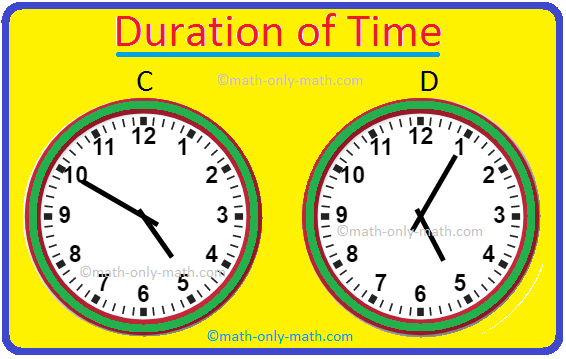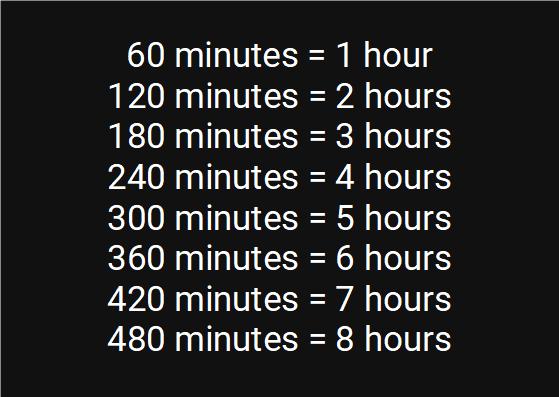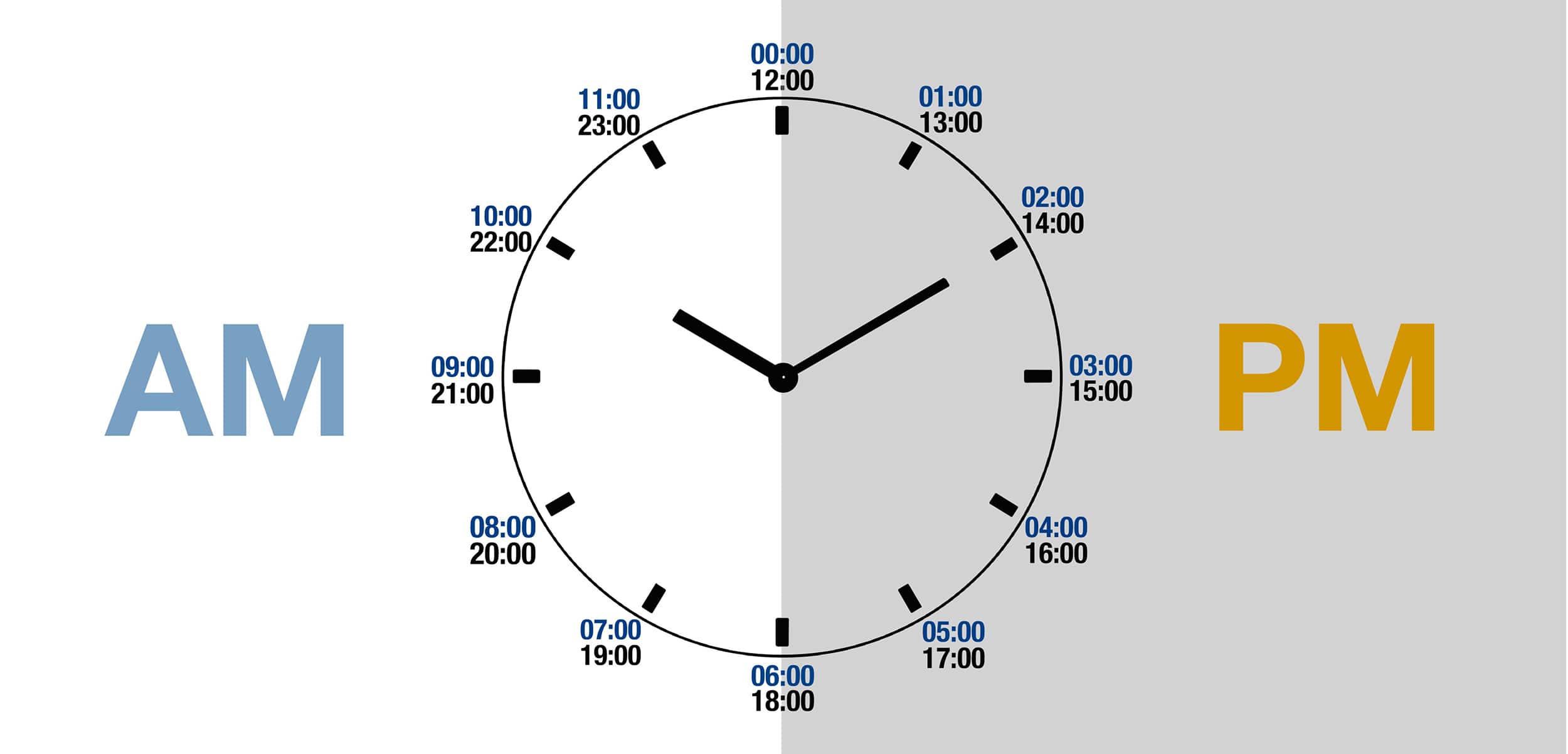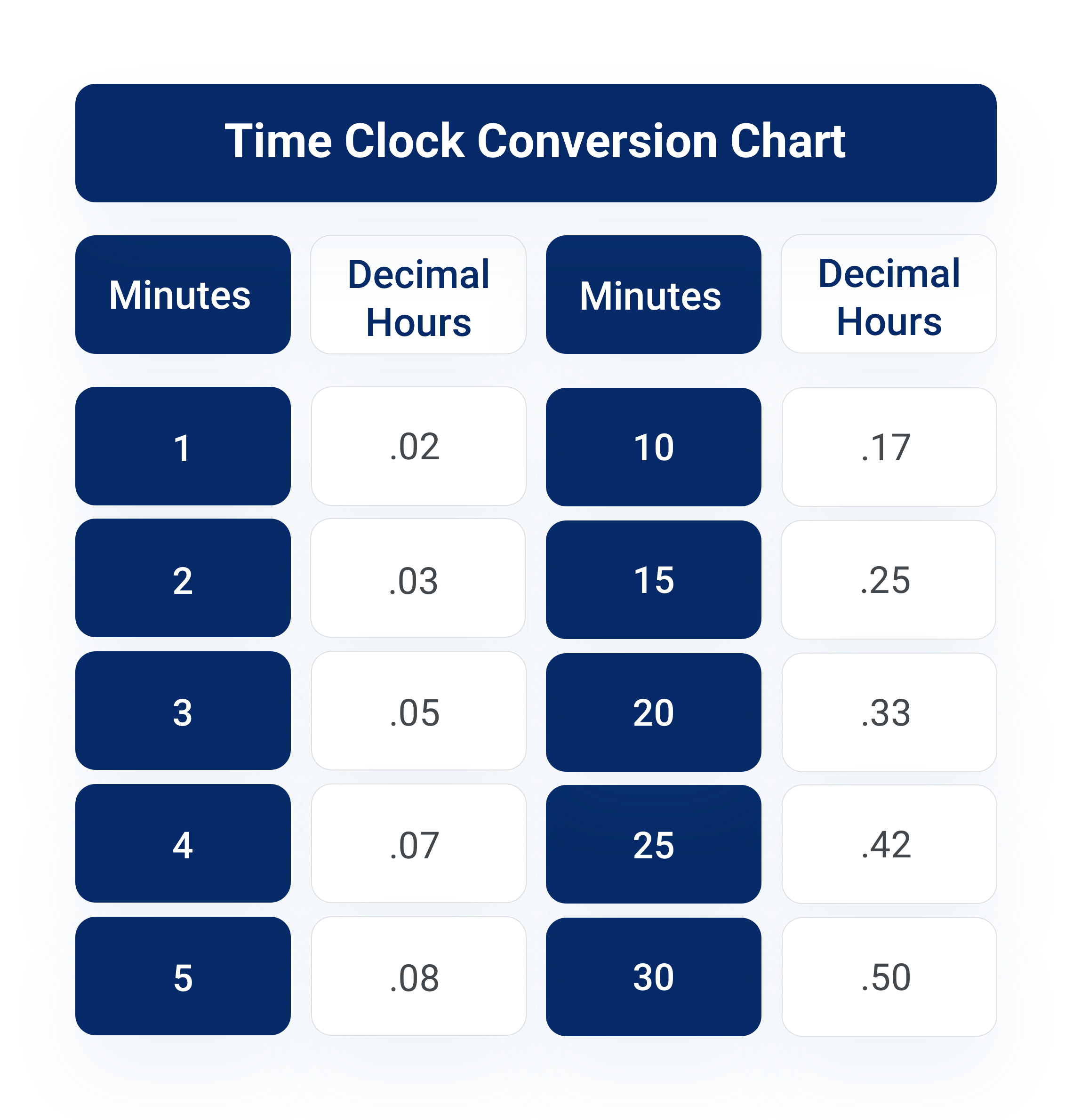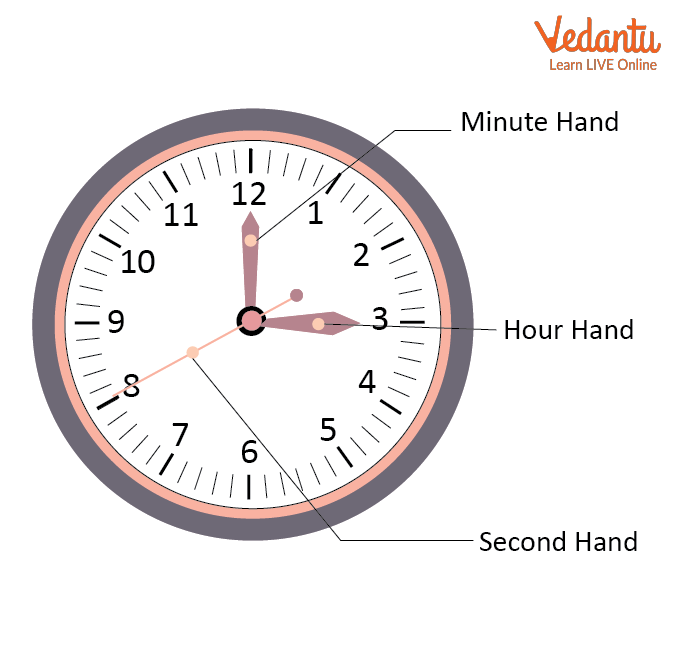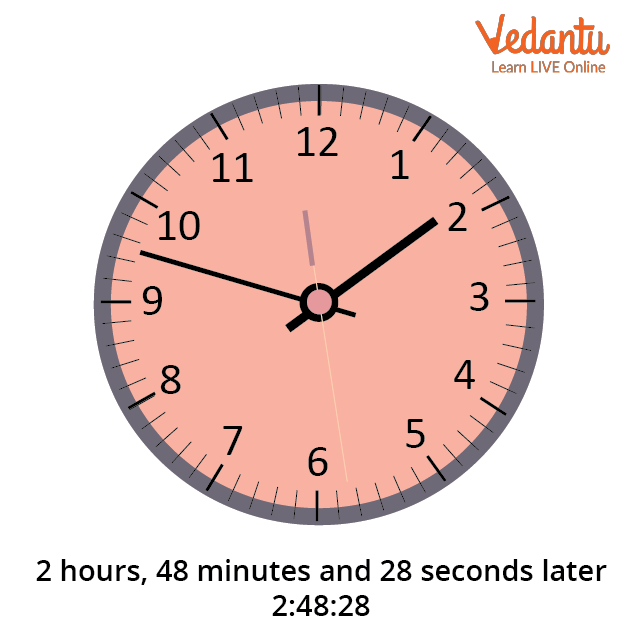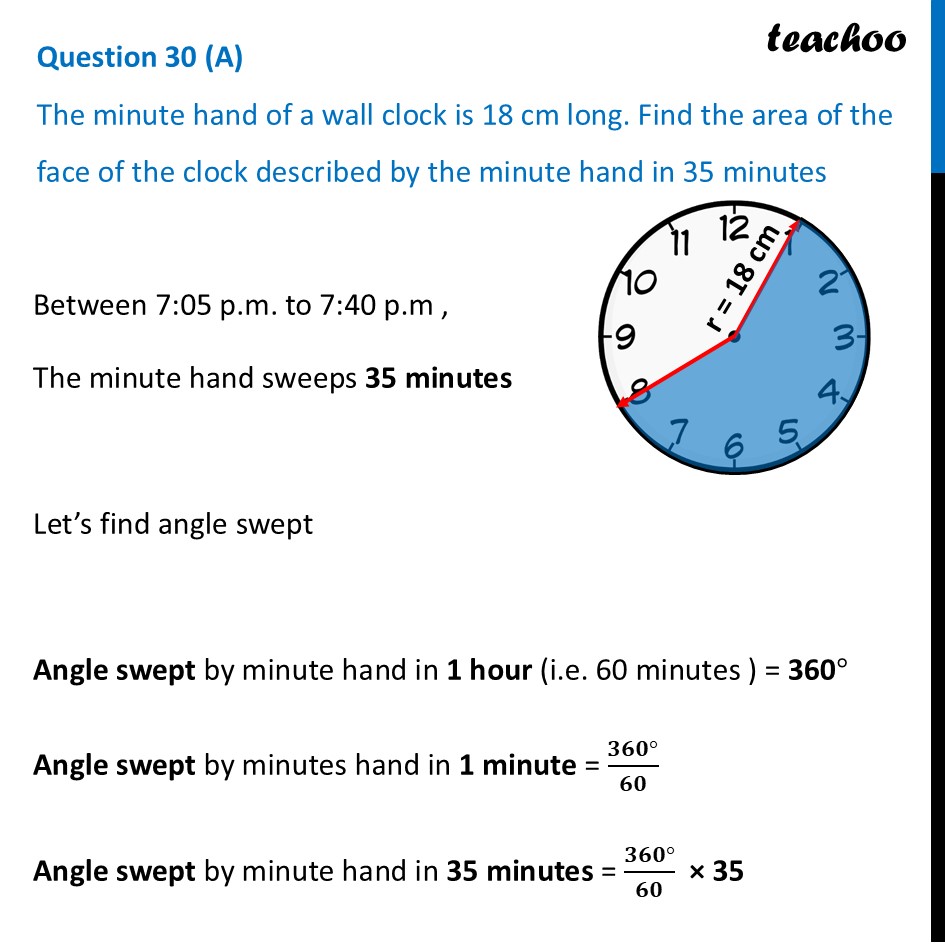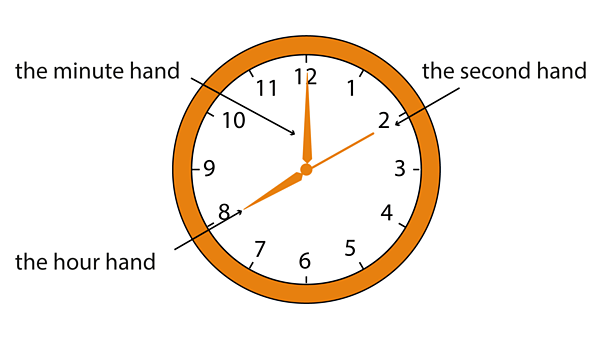How Many Minutes Until 10am Today

The seemingly simple question, "How many minutes until 10 AM today?" resonates differently depending on individual circumstances, highlighting the subjective nature of time itself. For some, it's a countdown to a crucial meeting, while for others, it's the wait before a much-needed break.
This article delves into the calculation of that remaining time, explores the various factors influencing our perception of it, and considers the potential impact this awareness can have on our daily routines.
Calculating the Countdown
Determining the minutes until 10 AM is a straightforward arithmetic process. The calculation hinges on the current time and relies on a simple subtraction.
For example, if the present time is 8:30 AM, there are 90 minutes remaining until 10:00 AM. This calculation is readily available using clocks, watches, and smartphones equipped with timekeeping functionalities.
The Subjective Experience of Time
While the calculation is objective, the experience of those minutes is far more personal. Studies in psychology have consistently demonstrated that time perception is not fixed but is influenced by a multitude of factors.
These factors include emotional state, level of engagement, and the presence of distractions. Intense focus on a task can make time seem to fly by, whereas boredom can stretch minutes into seeming eternities.
Professor Anya Sharma, a cognitive psychologist at the University of California, Berkeley, notes, "Our brains are not perfect clocks. They prioritize encoding experiences that are novel or emotionally charged, leading to distortions in our perception of time."
Factors Influencing Time Perception
Several elements contribute to the subjective stretching or shrinking of time. The Yerkes-Dodson Law suggests that performance increases with physiological or mental arousal, but only up to a point.
When arousal becomes excessive, performance decreases. In the context of time perception, moderate stress might make the countdown to 10 AM feel more focused and therefore shorter, while overwhelming anxiety can make each minute agonizingly slow.
Another key factor is the nature of the activity itself. Engaging in enjoyable and stimulating activities diverts attention away from the ticking clock.
Conversely, tasks that are tedious or unpleasant tend to amplify the awareness of the passing minutes, creating a sensation of dragging time.
The Significance of 10 AM
The 10 AM mark often represents a significant juncture in the workday. It may signal a scheduled meeting, a coffee break, or the completion of a critical task.
For students, 10 AM could represent the start of a key lecture or the deadline for an assignment. For others, it may simply be a mental checkpoint in their day.
The anticipation surrounding 10 AM can also affect productivity and mood. Knowing that a pleasant event is on the horizon can provide a motivational boost.
Potential Impact on Daily Routines
Being mindful of the minutes until 10 AM can serve as a valuable tool for time management. Breaking down larger tasks into smaller, time-bound segments can improve focus and reduce procrastination.
By setting realistic goals for the hours leading up to 10 AM, individuals can feel a sense of accomplishment and control over their schedules. This proactive approach can mitigate the negative effects of time pressure and stress.
However, an excessive focus on the countdown can also be detrimental. Obsessively checking the clock can lead to anxiety and decreased productivity, especially if the anticipated event is causing apprehension.
A Human Perspective
Consider the example of Maria Rodriguez, a small business owner preparing for a crucial presentation at 10 AM. The 90 minutes leading up to the meeting are filled with a mix of excitement and nervousness.
She finds that breaking down her preparation into smaller steps – reviewing her slides, practicing her delivery, and taking short breaks – helps manage her anxiety and maintain focus.
"Knowing that I have specific tasks to complete by a certain time keeps me on track," Rodriguez explains. "It also helps me appreciate the process rather than dwelling on the outcome."
Conclusion
The minutes until 10 AM, a seemingly objective measurement, are laden with subjective experiences and potential impacts. By understanding the factors influencing time perception and utilizing mindful time management strategies, we can navigate the countdown with greater awareness and control.
Whether it's a moment of anticipation or a challenge to overcome, the time leading up to 10 AM offers an opportunity to reflect on our relationship with time and how we choose to utilize it.
